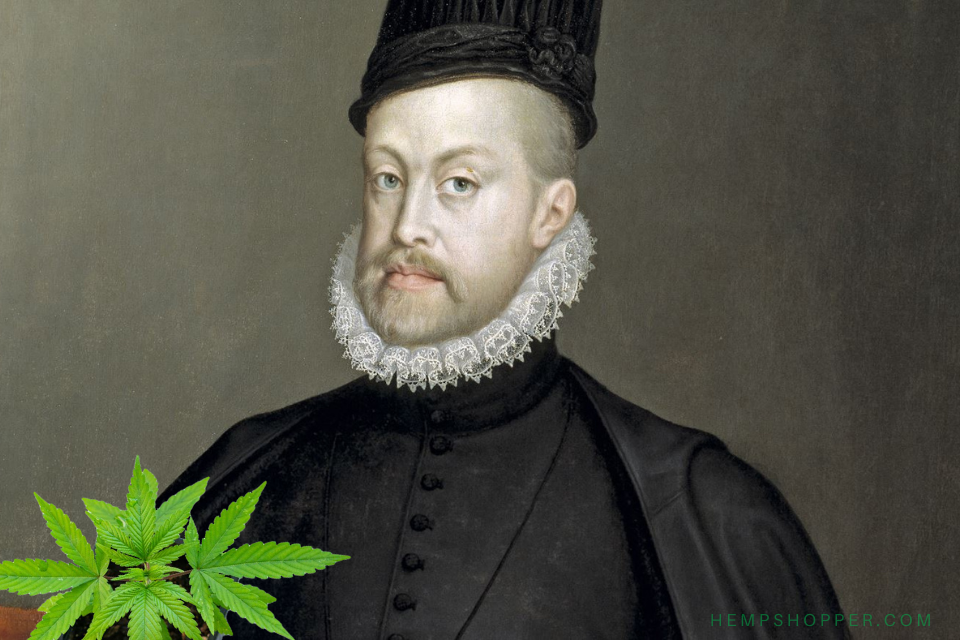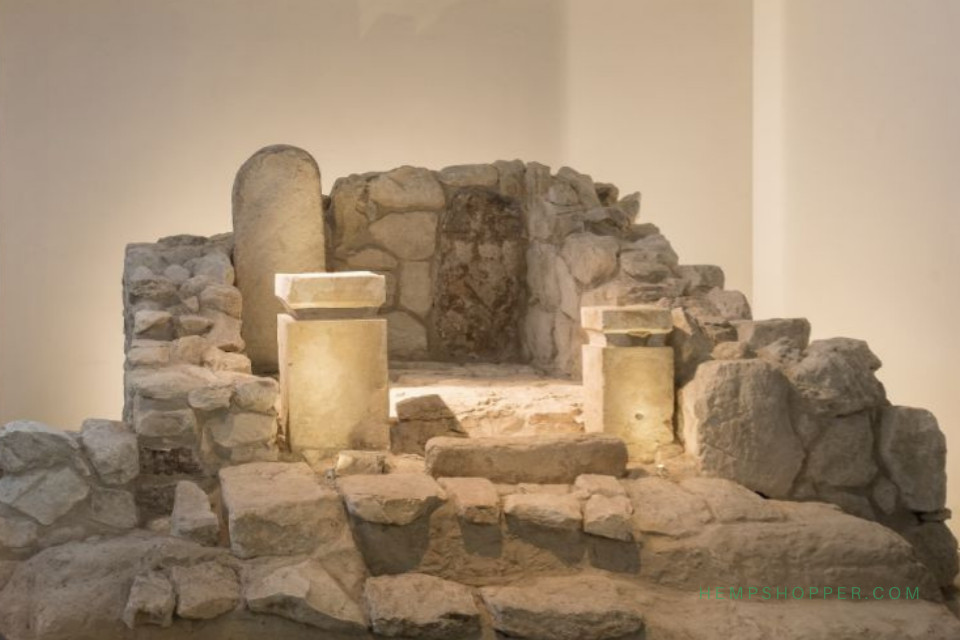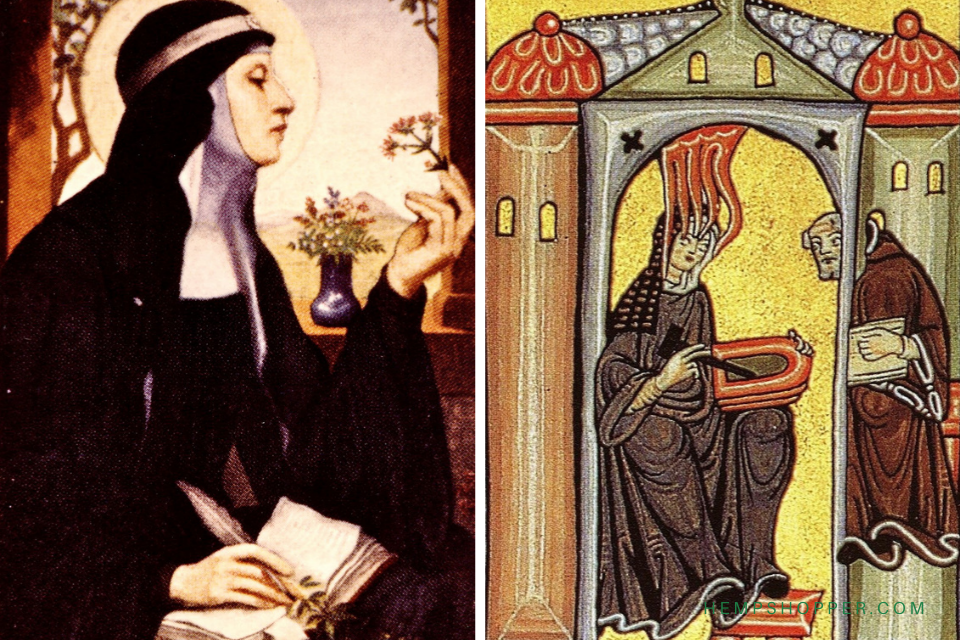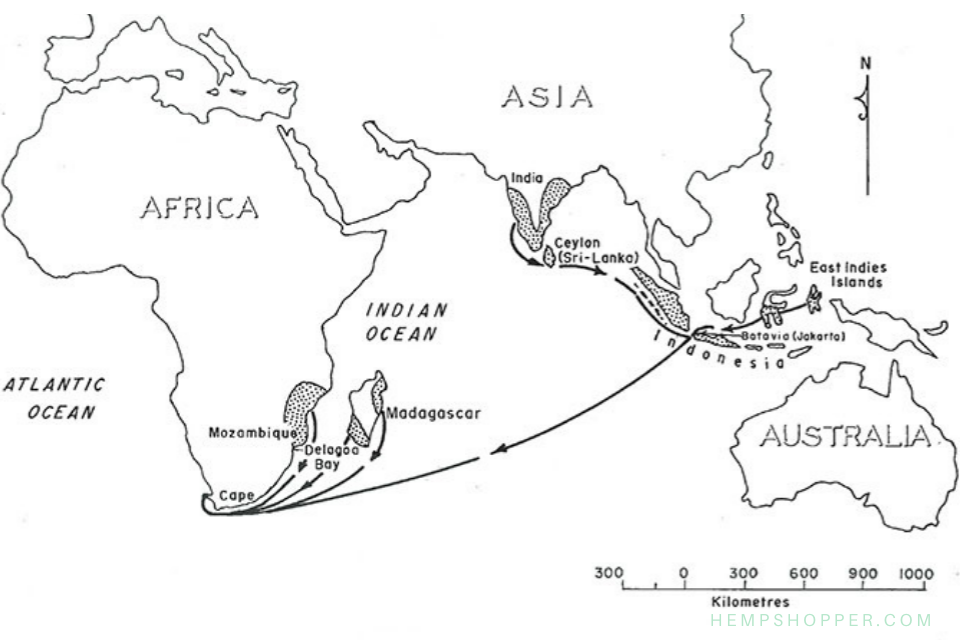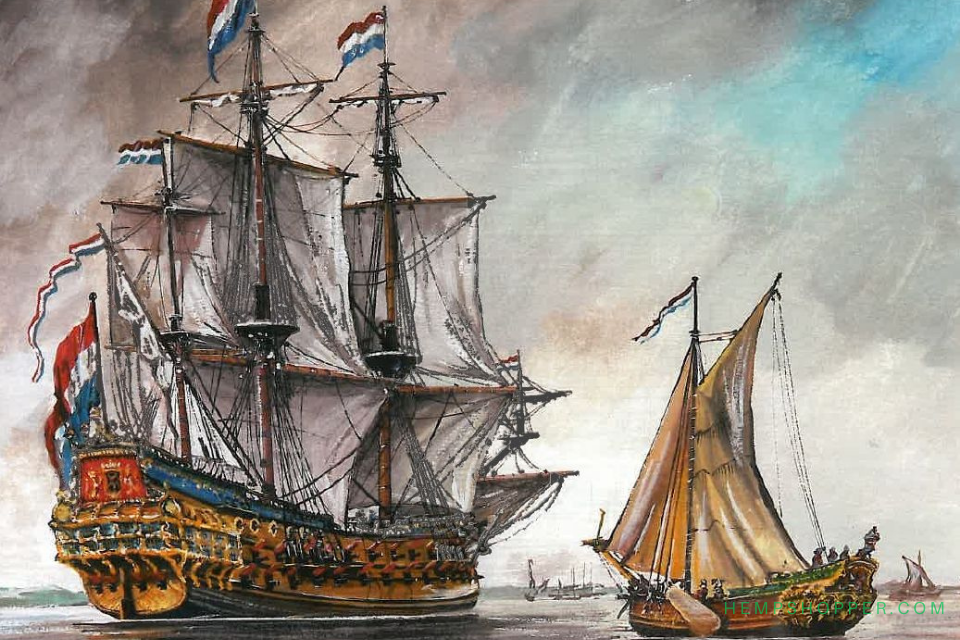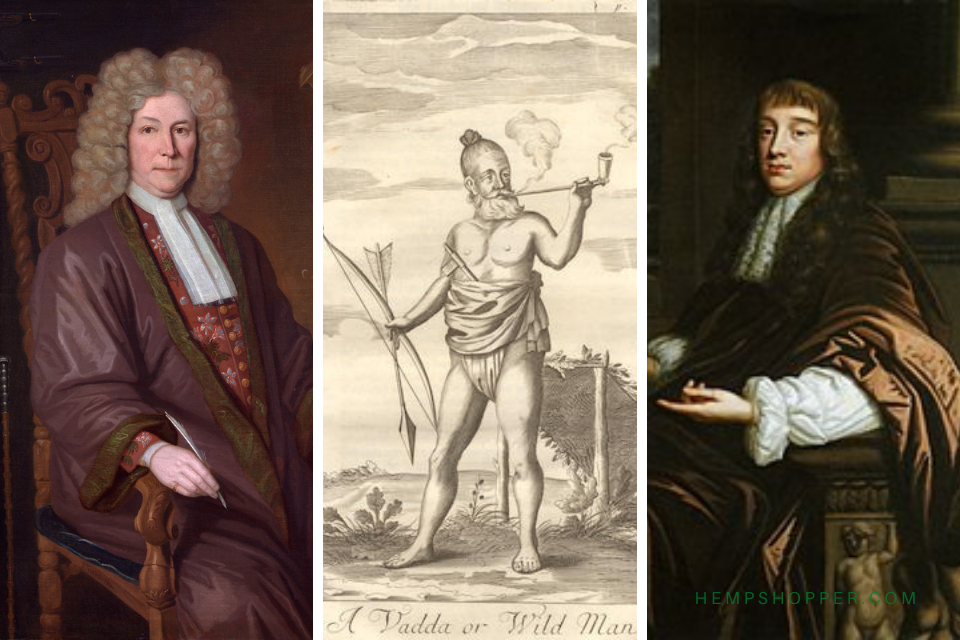1619: Implementation of the first cannabis law in the New World
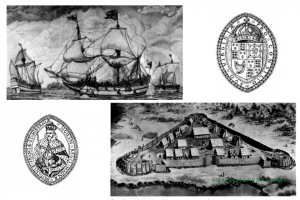
1619: Implementation of the first cannabis law in the New World.
Jamestown (or James Towne or Jamestowne) was a settlement in the Colony of Virginia. Established by the Virginia Company of London as “James Fort” on May 14, 1607 it was the first permanent English settlement in what is now the United States.
In 1619, Jamestown colony law declared that all settlers were required to grow Indian hemp [1]. This Cannabis Law its the New World’s first marijuana legislation.
Mandatory hemp cultivation laws were passed in Massachusetts in 1631 and in Connecticut in 1632. The use of hemp for rope and fabric was ubiquitous throughout the 18th and 19th centuries in the United States. George Washington grew hemp at Mount Vernon as one of his three primary crops.
Refusing to grow hemp in America during the 17th, 18th and 19th Centuries was against the law. In Virginia you could be jailed for refusing to grow hemp from 1763 to 1769. [2]
Cannabis was frequently used for barter and some colonies allowed farmers to pay taxes with hemp from 1631 until the early 1900s.[3]
1. DEITCH, Robert (2003): Hemp - American History Revisited. Algora Publishing, New York City. 2. HERDON, G. M. (1963): Hemp in Colonial Virginia. Agricultural History: Vol. 37, No. 2. 3. LA Times, August 12, 1981. Photo: Down: "James Fort" built in May and June, 1607—A painting by Sidney King for Colonial National Historical Park. Up: The Arrival of the Settlers at Jamestown on May 13, 1607. English Merchantmen of the size and date of the Godspeed 40 tons, Susan Constant 100 tons, and the "pinnessee" Discovery 20 tons maneuvering for anchorage off Jamestown Island 1607. A pencil Study by Griffith Bailey Coale, courtesy of Mariners Museum. Research and text © Hempshopper Amsterdam.

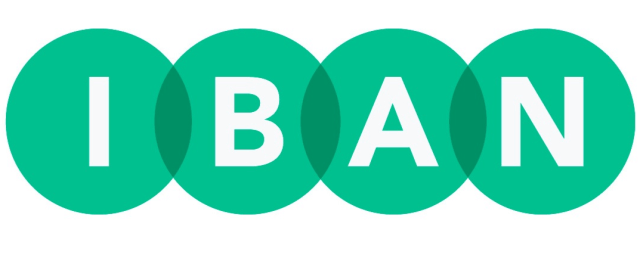
 Hempshopper Amsterdam
Hempshopper Amsterdam 